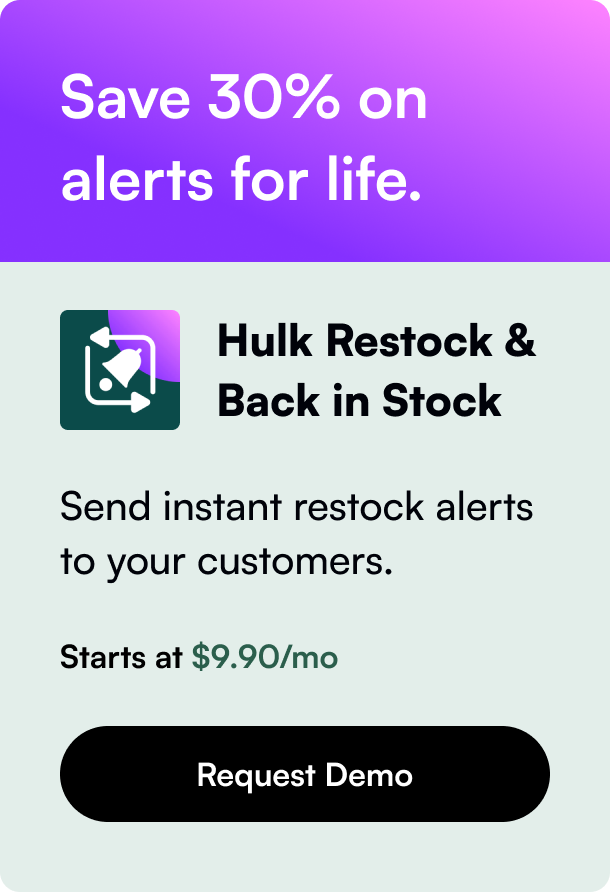Table of Contents
- Introduction
- Understanding Shopify Analytics
- Investigating the Discrepancy
- Optimization Strategies
- Frequently Asked Questions
- Conclusion
Introduction
Have you ever found yourself perplexed by the different numbers that pop up on your Shopify analytics dashboard? Specifically, the enigma that surrounds the gap between 'sessions converted' and actual 'orders'? If you're nodding along, you're definitely not alone. Many e-commerce entrepreneurs have tried to decipher this cryptic riddle. But worry not; this blog post will serve as your trusty guide to unraveling the mystery of Shopify sessions converted versus orders, ensuring you can track and leverage your data effectively for your online enterprise.
As we explore this topic, expect a deep dive into how these metrics are defined, why discrepancies occur, and actionable strategies to improve and make the most out of your shop's analytics. Without further ado, let's embark on this analytical journey, ensuring that by the end, you will emerge wielding the necessary insights to uplift your e-commerce site's performance.
Understanding Shopify Analytics
Shopify's analytics platform is rich with data that tell the story of customer interactions with your store. Amongst various metrics, 'sessions converted' and 'orders' form pivotal chapters of this narrative—however, these two terms are not interchangeable, and grasping their differences is crucial.
Sessions converted refers to the percentage of sessions that have resulted in a purchase. This means that during a particular visit to your online store, a customer has gone through with buying a product. It is a crucial indicator, empowering you with the knowledge of how effective your site is at funneling potential buyers down the path to an actual sale.
On the flip side, orders reflect the total number of purchases completed irrespective of how many sessions it took to get there. A visitor could visit your store multiple times before deciding to purchase on one of those occasions, attributing several sessions to a single order.
Understanding these distinctions helps when analyzing why there may be a discrepancy between the two figures on your dashboard - which leads us to that puzzling question: why do these figures often fail to align perfectly?
Investigating the Discrepancy
A variety of factors can create a rift between the number of sessions converted and orders.
-
Multiple Purchases in One Session: If a customer places more than one order within a single session, this can increase orders without affecting the sessions converted count.
-
External Payment Gateways: Using external payment methods can sometimes disrupt the tracking of Shopify's native analytics, resulting in potential mismatches.
-
Time Zones and Cutoff Times: Shopify tracks sessions and orders in different ways. While a session is kept track of in real-time, orders may be batch-processed, creating natural lags that cause disparities. This is compounded when transactions occur around server's cutoff times or involve different time zones.
-
Analytics Delays: Sometimes delays are innate to the analytics system itself. For instance, filters that detect bot traffic could take up to 48 hours to reflect accurate data, initially resulting in skewed figures.
-
Sessions Not Leading to Immediate Orders: Often, sessions may not convert in the same reporting period they occur, especially if a shopper is at the early stages of decision-making.
-
Tracking Codes and Technical Glitches: Implementation of tracking codes or technical errors like page load issues can derail the analytics process, leading to sessions not being properly tagged or recorded.
Understanding these common causes can pave the way for optimizing your Shopify analytics and using this knowledge to craft a more potent sales strategy.
Optimization Strategies
Armed with the insight into why discrepancies might occur, let's chart a course for optimizing your Shopify analytics.
-
Analytics Accuracy: Always ensure tracking codes are implemented correctly across the store. A rigorous check on analytics code, particularly after any changes or updates on the site, is imperative.
-
Device Breakdown and Checkout Analysis: Understand which devices your customers use and analyze at what stage potential customers might be leaving the checkout process without completing a purchase. Each of these data points can be high-tailored to address specific cracks in the sales funnel.
-
Data Comparisons: Compare Shopify’s data with other analytics tools like Google Analytics. Understanding where the numbers differ can help pinpoint issues specific to one analytics tool over another.
-
Value of Repeat Visitors: Consider the value of repeated sessions before a purchase and recognize the role of engagement in boosting conversion rates. Moreover, segment your customers by behavior to personalize the experience and potentially drive up conversions.
Frequently Asked Questions
What should I do if I consistently see disparities between sessions converted and actual orders on my Shopify dashboard?
Carefully investigate potential data tracking issues and check that analytics codes are correctly implemented. Additionally, consider user behavior that may not convert immediately and analyze your user experience for points where users might be abandoning the checkout process.
Can I prevent bots from disrupting my Shopify analytics?
While Shopify’s systems conduct regular checks to filter out bot traffic, consider leveraging additional third-party solutions that specialize in thwarting bot interference to ensure cleaner data.
How can I make my Shopify analytics data collection more robust?
Examine different analytics tools to get broader insights and verify the data Shopify provides, allowing for cross-references that bolster data integrity. Furthermore, build in strategies for frequent monitoring and evaluations of performance analytics.
Conclusion
Understanding Shopify sessions converted vs orders is like fitting together pieces of a complex puzzle. It's about reading beyond the numbers to understand the behavior, preferences, and journey of your customers. While odd discrepancies may arise, viewing them as opportunities for optimization rather than setbacks can be a game-changer for your e-commerce platform.
By employing a strategic approach to analytics and continuously fine-tuning your processes, you can maximize the acumen of each session that lands on your site, translating digital footprints into lucrative conversions, and ultimately elevating your Shopify store to new heights of success.








